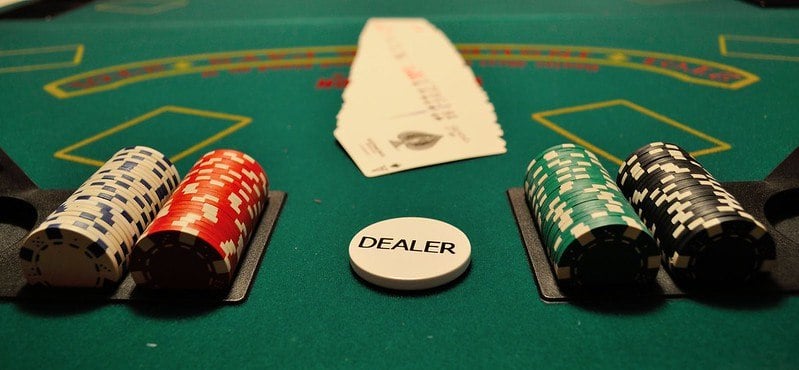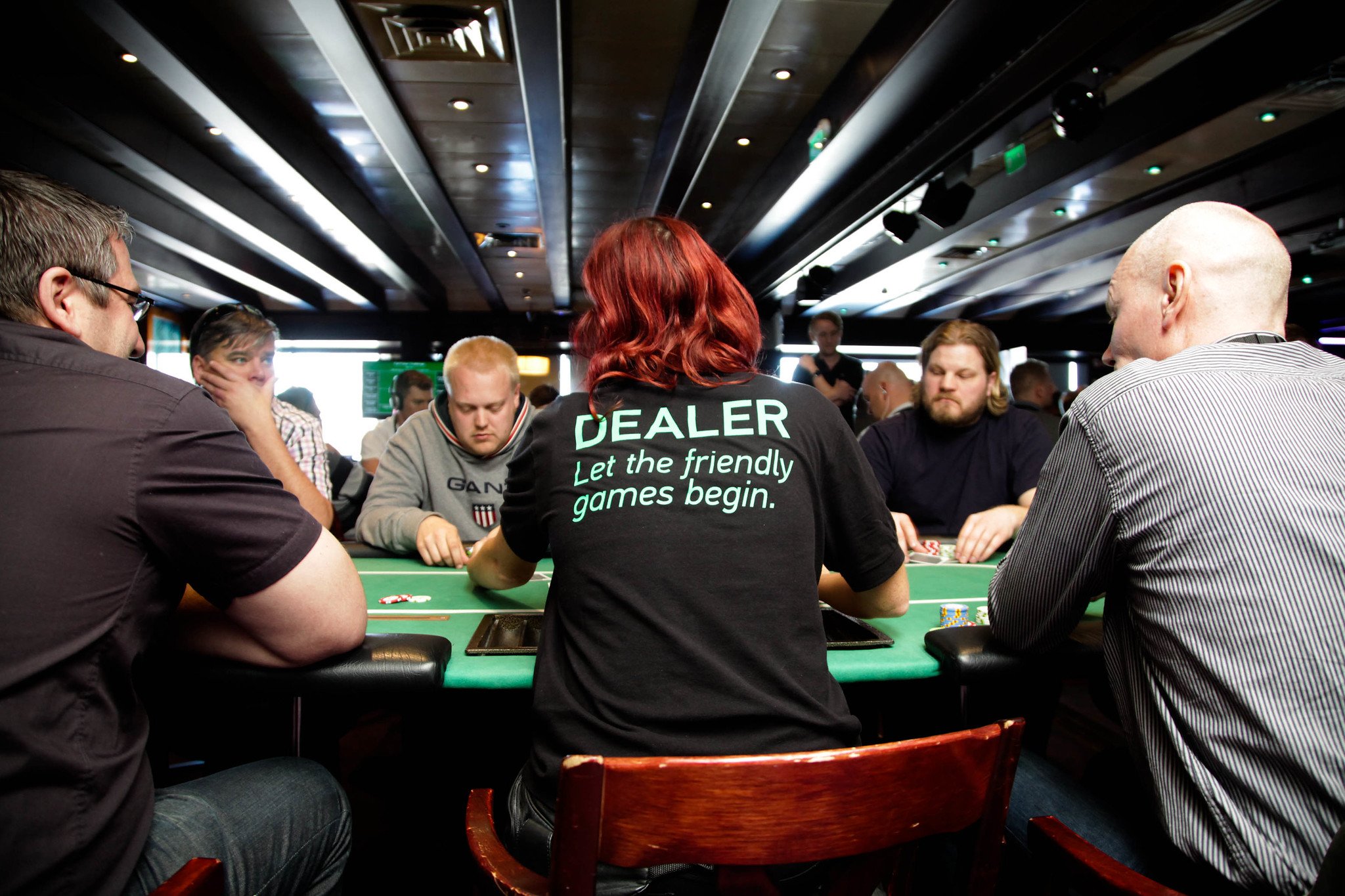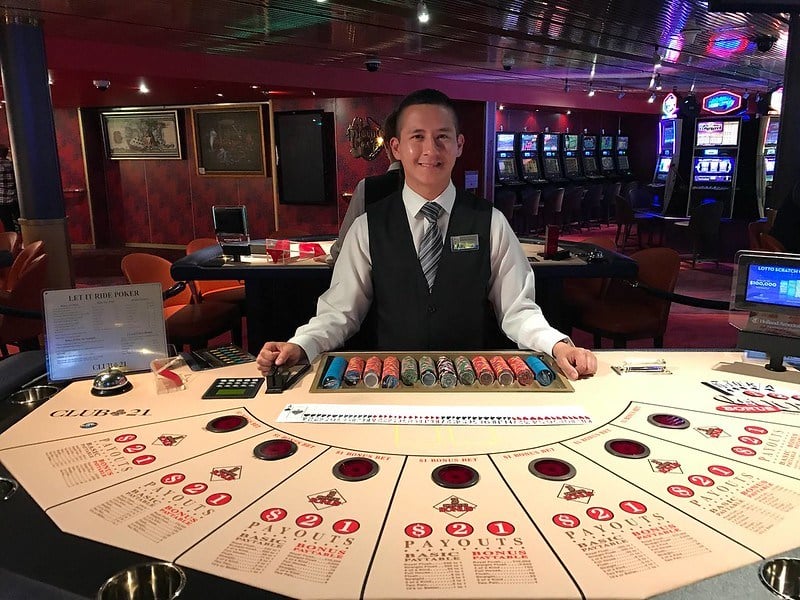Understanding Cheating with a Cold Deck: Real Tactics and Cautionary Tales
Using a “cold deck” is one of the most dramatic cheating tactics in the world of poker-swapping in a specially prepared deck to deal pre-arranged hands. This guide delves into the art, timing, and dangers of the cold deck move, revealing how cheaters secretly rig games and how even seasoned players and dealers may miss the signs. For anyone curious about card table deception, these stories and explanations provide both insight and warning.

The Power of a Cold Deck: Why It Rocks the Table
Cold decking is hardly subtle. Unlike sleight-of-hand tricks targeting a card or two, this method relies on replacing the entire deck at a moment when players least expect it. With a cold deck in play, specific outcomes are ensured-often guaranteeing huge hands that fuel suspicion but leave little evidence of cheating. When the trick succeeds, it can shake even the most vigilant poker table to its core.
What Is a Cold Deck and How Does It Operate?
A “cold deck” (or “cooler”) is a preset deck arranged to produce chosen hands for certain players. The term “cold” refers to its untouched condition-unhandled until the critical moment it’s swapped into the game. Executing this maneuver involves two components:
- The Stacked Deck: A deck rigged in advance for a desired result.
- The Deck Switch: The act of swapping the real deck for the stacked one during play.
Successful cold decking is essentially grand theft at the table-subtle, daring, and only for those bold enough to risk everything. Yet, the boldness comes as much from timing as from technique: even a flawlessly executed switch means nothing if performed at the wrong moment or under too much scrutiny.
The Art of Timing: When to Execute the Switch
The mechanics of a deck switch often matter less than the timing. Practice and manual dexterity can perfect the move, but real success hinges on reading the room and seizing the exact right moment-often after a shuffle, at the cut, or under a distraction. The heat a cheater truly fears isn’t from nervousness, but from the awareness of other players. Even master manipulators struggle if too many eyes are alert.

Multiple roles can pull off a card switch:
- The Dealer - The person in charge of shuffling and dealing.
- The Cutter - The player invited to cut the deck.
- An Accomplice - Positioned to distract or interact with the table for an innocent-seeming reason.
Dealers may use calculated confusion-gesturing for antes or interacting with the crowd while making the switch with a hidden rig or sleight of hand. A device can conceal the cold deck in a sleeve, exchanged in a split second while all attention is elsewhere. However, only a few of these moves withstand close scrutiny, and many fancy camera-ready switches fall apart under real-life pressure or simple questions: How did they set up for that move? How did they clean up afterward?

Player switches are sometimes easier-they can prepare and clean up with less scrutiny. For example, a player might mimic a cut exactly as before but covertly swaps the entire deck. In cinematic fashion, such as in "The Sting," a player switch involves subtle preparation and quick disposal, barely noticed in the heat of play.
Cold Decks in Action: Real-World Demonstrations and Storytelling
On the TV series "The Real Hustle," professionals from the Hendon Mob were unknowingly targeted by cold deck switches. In these setups, spectacular hands-like four-of-a-kind versus a straight flush-were staged to shock both the table and the home audience. While pro players like Barney Boatman recognized the "cold deck" for what it was, such hands do occasionally happen by chance, blurring the line between luck and trickery.
Interestingly, less flashy but more subtle cold decks are sometimes favored by experienced cheaters aiming to avoid suspicion. Not all cheaters crave the drama-many prefer to blend in rather than draw attention with extraordinary hands.
Classic Cheating: The Old Las Vegas Routine
In earlier eras of Las Vegas, some card rooms developed notorious reputations for cheating. Staff and house players would coordinate cold deck moves with deceptive ease. Here’s a typical example:
- A new dealer would join the table with two decks in a tray.
- The initial deck was spread face up in a standard order for everyone to see, then shuffled and play began.
- Later, a casino accomplice would request a new deck, which was introduced face down-unexamined by the players.
- If challenged, the dealer could feign innocence, discard the face-down deck, and bring in a new one, but 99.9% of the time, nobody questioned it.
On one occasion, a dealer mistakenly swapped in an unstacked new deck for a supposed rigged one, dealing a sequential run of hearts that was so suspicious, the only saving grace was declaring a misdeal. This near-miss highlights the careful coordination required to pull off such scams, as well as the risks involved for the cheater when luck doesn't cooperate.
Key Takeaways: Awareness and Vigilance at the Poker Table
The cold deck is one of the boldest schemes in casino cheating, demanding precise timing, coordinated distraction, and nerves of steel. While camera tricks might impress online viewers, only practical, context-sensitive moves work at a real table-and for every flashy success, there are countless failed or spotted attempts. True cheaters understand both the art of misdirection and the danger of detection, making awareness and skepticism the best defenses for honest players.













